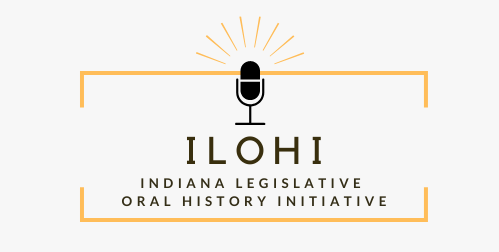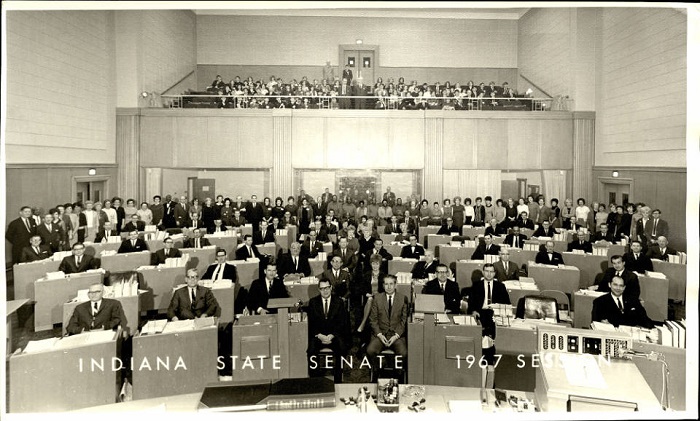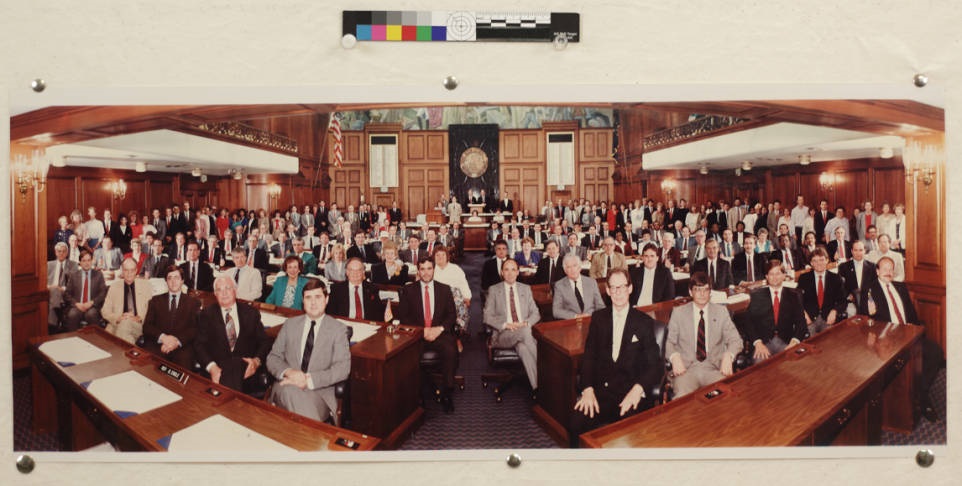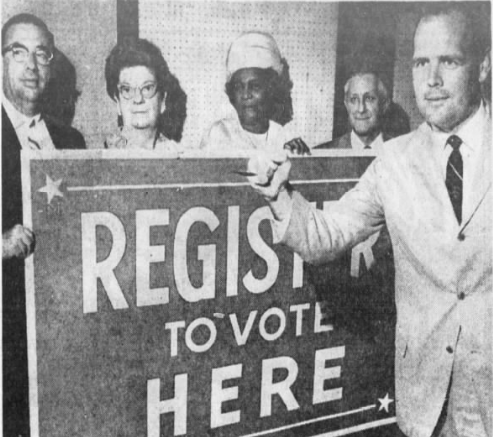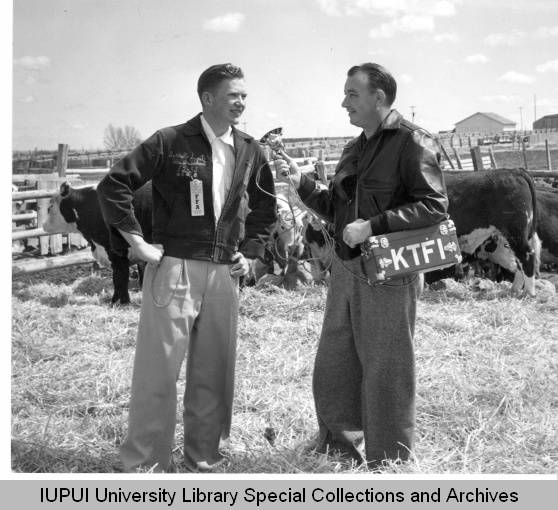
For most of human history, the passing of knowledge was done via oral tradition, a practice that was widespread amongst human societies all over the world. In fact, even today anthropologists have found that the few remaining hunter-gatherer tribes rely on oral transmission of knowledge concerning genealogy, history, geography, and so on. However, with the invention of writing around 5,000 years ago in Ancient Sumeria, people could then pass down information in a more permanent form by documenting, rather than relying on memorization.[i] Much later, with the creation of a sound recording device in 1877 by American inventor Thomas Edison, our ability to preserve knowledge drastically changed yet again.[ii] With further technological advances over the hundred plus years since Edison’s invention, each of us possesses the ability to make audio recordings using just a cell phone. Therefore, the collection of oral history interviews is easier and more convenient than ever. Notably, this is happening at a time when there is unprecedented interest in family, local, and public history.
For those interested in conducting an oral history interview, whether for family purposes or other projects, I will go over some helpful guidelines. I base these on my experiences conducting oral history interviews with my family members and managing the Indiana Legislative Oral History Initiative. To begin, before interviewing a family member, for example, it is important that you do as much background research as you can on the person you are planning to interview. This can be done by talking to other relatives, searching newspaper archives, or simply just by visiting their home and making notes about the pictures and items they have on display. Additionally, beyond researching the person you are interviewing you should also do some general research on the historical context of their life. If they lived during major events like a war or a pandemic, having general knowledge of these events can allow you to have a deeper conversation with your interviewee about what it was like to live through such experiences. It will also help you understand how the world shaped the person they became.
After you have done the necessary background research on your interviewee, you need to structure the interview, both to make it more coherent and to ensure that the most important topics are covered. For this you should prepare a list of questions, utilizing your background research. Then when coming up with questions, make sure that your questions do not elicit answers such as “yes or no” questions, but instead encourage thoughtful, detailed responses. For example, if you are curious about someone’s childhood instead of asking, “Did you have a good childhood?,” you should ask “Can you describe your childhood for me?” Display patience and invite your interview subject to summon up memories of moments long past. This will allow you to maximize the potential answer and keep your interviewee engaged in conversation. On top of this, always make sure that you have enough questions for an interview to last around an hour or more because occasionally you may talk to someone who is reserved or not used to an interview setting. If you don’t have enough questions prepared, you may end up with a very brief interview.
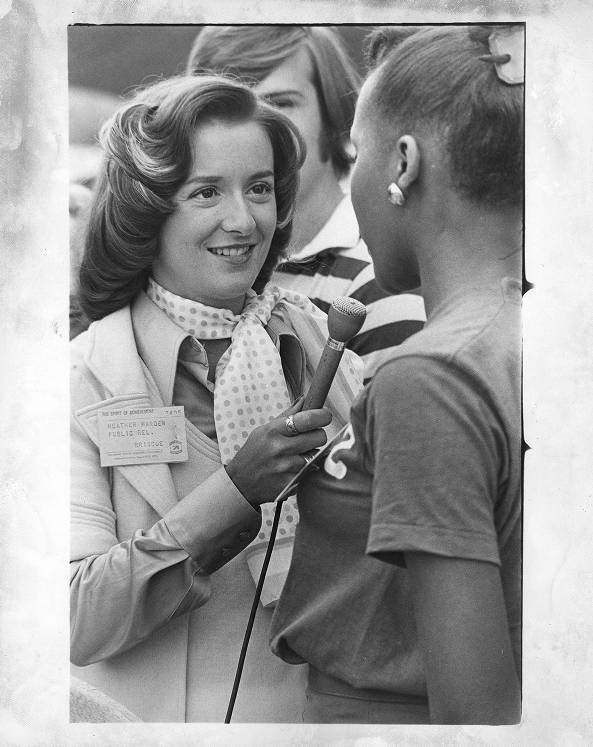
After preparing questions, you need to decide what type of recording device to use. Luckily, there are many different options. You can use a traditional digital recorder, your phone, tablet, or even a laptop. In terms of digital recorders, for ILOHI I use a Tascam DR-40X and a Sony IC Recorder. I use two at once, just in case one malfunctions during an interview. We are dealing with technology, after all. Additionally, if you are going to be conducting a long-distance interview, you can record via an online video recording platform like Zoom.
Lastly, in addition to preparing questions and choosing a recording device, it is standard practice in the field of oral history to request permission from the prospective interviewee before beginning. This is true even if it is a family member, because if in the future you ever want to donate your interview to a public institution, typically they will require proof that you have permission to donate your interview by providing a release form. This is necessary because release forms not only grant official permission on behalf of the interviewee but clarify their intent with the interview. Perhaps the interviewee only wants the interview to be made public after their death or they have some other restrictions about how the interview will be used. After all, it is their story, and it is up to them to decide how it is told. This may be something most don’t think about but is standard practice in the field of oral history. Examples of release forms for oral history interviews can be found on the websites of oral history organizations or universities.[iii] For instance, the University of Michigan and The University of Texas Rio Grande both provide useful guides regarding how to construct your own oral history release forms.[iv][v]
Now, when you are in the process of conducting an interview, you should strive to be an active listener and stay attentive. You never can predict where an interview might go, so always be prepared to be flexible and at an appropriate moment steer the conversation back to your original questions. Some people you interview will be more talkative than others and may struggle to stay focused on your questions. This can sometimes provide lots of interesting additional information, but also can be a distraction. Thus, you just must strike a balance.
Another situation you should prepare for is if someone wants to tell you something off the record. This can happen from time to time, because people may feel comfortable sharing a personal story with you specifically but may not necessarily want to share it with the world. In this case, ethically you must make sure the recorders are turned off and that you allow them to share this information with you confidentially. Finally, after conducting an interview, be sure to save it by multiple means. These includes, but are not limited to your external hard drive, flash drives, and online drives. You might also keep back-up copies with relatives or colleagues. The last thing you want is a precious piece of family history or the oral history project you worked so hard on lost forever simply because you forgot to back up the interviews.
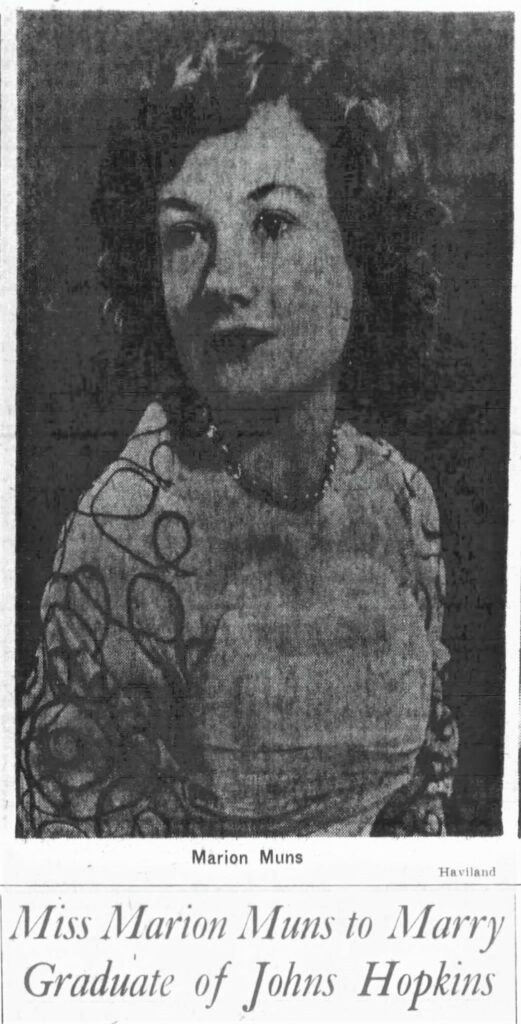
Overall, conducting an oral history interview is a fantastic opportunity to preserve the voice of people in history, especially your family members. Think about how amazing it would be to be able to have a recording of your great great grandfather who immigrated to this nation. Or perhaps a recording of an ancestor who served in the American Civil War. Just imagine all the incredible family stories that could be saved. Regardless, these interviews are also so much more than just a family heirloom, because they become part of the historical record and can be utilized as part of historical research for books, documentaries, and more. That is why it is always highly encouraged that you donate them to an archive, as this will make them publicly accessible and preserved forever. Additionally, it also always a good idea to transcribe your interviews as well, so when you donate them, they are accessible to the hard of hearing. Thus, when transcribing interviews, it is common practice in the field of oral history to ensure that your transcription makes it clear who is speaking when and has time stamps by the minute. This will make your transcription much more user friendly.
Also, be sure to strike a balance between depicting their speech patterns in a transcript and making the transcript readable. You never want to change what a person says, but you also do not want a transcript filled with filler words like “uh” or “um”, or if someone has a tendency to stutter a bit when they speak, you don’t want that to distract from the interview and words repeated twice in a row can be only written once instead. Lastly, because the transcription process can be quite long and tiresome. I do recommend transcribers utilize an AI transcription software if they can, to speed up the process. One software I have used for ILOHI is called Otter.ai and is about 80% accurate.[vi] Therefore, instead of creating a transcription from scratch you can just edit a transcription to ensure its accuracy. For more information regarding transcriptions, I recommend people check out resources online, which can be found at various institutions like Baylor University, Guilford College, and more.[vii][viii]
Overall, audio recording can convey what writing cannot, a sense of a person by the way they talk and the tone of their voice, which convey clues about a person’s personality. Oral history interviews provide us with a way of coming to know a person that we have never met and that is why it is so powerful. As a result of modern technology, today we have an unprecedented way to save the present or the recent past before it becomes the long distant, or perhaps, the forgotten past. By interviewing your family members or others, their memories can be preserved forever and surely your future descendants will be grateful.
Notes:
[i] Joshua J. Mark, “Writing,” World History Encyclopedia, April 28, 2011, accessed worldhistory.org.
[ii] Merrill Fabry, “What Was the First Sound Ever Recorded by a Machine?,” TIME, May 1, 2018, accessed time.com.
[iii] “Copyright and Oral History Interviews,” University of Michigan Library, accessed lib.umich.edu.
[iv] Ibid.
[v] “Special Collections & University Archives: Oral History Documentation & Forms,” University of Texas Rio Grande Valley, updated January 17, 2023, accessed utrgv.libguides.com.
[vii] “Transcribing Style Guide,” The Institute for Oral History, University Libraries, Baylor University, accessed baylor.edu.
[viii] “Oral History: Best Practices and Procedures,” HEGE Library & Learning Technologies, Guilford College, updated June 1, 2021, accessed library.guilford.edu.

